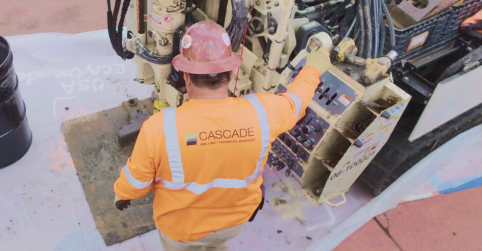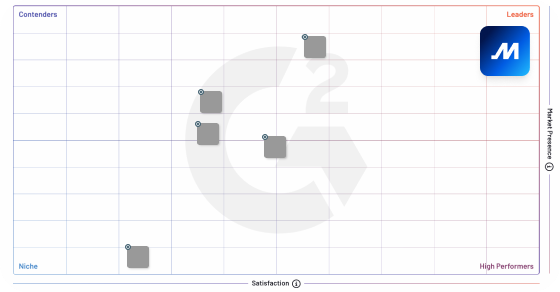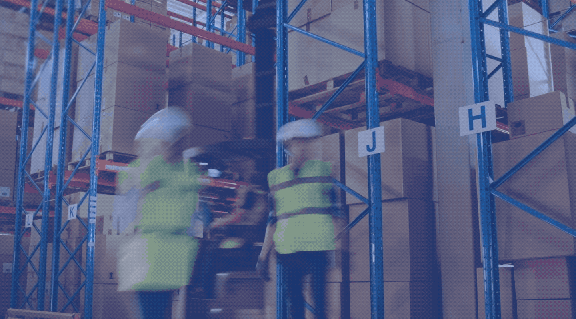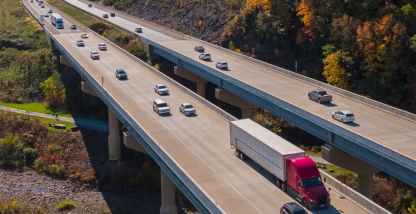Products
Products
Driver Safety
Prevent accidents and reduce risk with the industry’s most accurate AI.
Fleet Management
Get unparalleled visibility into your vehicles’ location, usage, and health.
Equipment Monitoring
Gain comprehensive insights into your assets’ location, usage, and health.
Spend Management
Unlock savings and productivity with the Motive fleet card.
Platform Overview
Your operations. One platform. With AI-powered automation at its core.
Featured
Solutions
By industry

Cascade improves safety by 50%, reclaims ~10K hours per year.
With the Motive platform, Cascade has a consolidated view of fleet and spend management across its fleet of more than 3,000 vehicles.
Resources
Learn
Technical resources

G2 Fleet Management Leader.
Motive ranks #1 in G2 Fleet Management for enterprises; 20% higher than nearest competitor.
Company
Get to know Motive
Connect

Missed the Motive Innovation Summit?
Explore the future of logistics and transportation, alongside groundbreaking AI models revealed at our inaugural Summit – Vision 24’.










